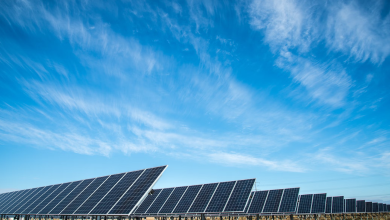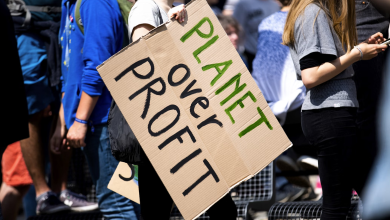Nato member states’ 2023 military spending produced 233 million metric tonnes of greenhouse gas

Leaders from member countries recently gathered for the 75th anniversary of Nato in the US. But a report from international research and advocacy groups is concerned that the states’ military spending is eroding the climate.
“Our research shows that military spending increases greenhouse gas emissions, diverts critical finance from climate action, and consolidates an arms trade that fuels instability during climate breakdown,” the report highlighted.
Member states’ 2023 military budgets produced some 233 million metric tonnes of greenhouse gas – more than the total annual greenhouse gas emissions of Colombia or Qatar. The countries poured $1.34 trillion into their militaries last year, an increase of $126 billion from 2022.
Nato has pledged to become carbon neutral by 2050
It’s no doubt that military expenditure is highly emitting as aircraft consume sizeable amounts of fossil fuels and military bases and logistics hubs are also responsible. Military equipment also need to be regularly operated and maintained to remain ready for combat.
Nato has pledged to become carbon neutral by 2050. The alliance includes only 16% of all countries. Last year, member states accounted for 55% of all global military spending. The US military is already the top institutional emitter.
The members’ increased military expenditure is estimated to add an additional 31 million metric tonnes of planet-heating greenhouse gas emissions to the atmosphere – equivalent of adding 6.7 million average US cars to the road for a year.
Nato member states called to cut military spending
The global armed forces produce at least 5.5% of all pollution. The UN Intergovernmental Panel on Climate Change stresses the need to slash emissions by 43% by 2030 to address the more ambitious objectives of the 2015 Paris agreement.
That target requires an annual reduction of military emissions of at least 5%. But Nato members are moving in the other direction. The alliance made a commitment in 2023 to pour at least 2% of their budgets into militaries. That goal is expected to be exceeded by many this year.
Recently, a coalition of activists marched in the US calling for Nato to cut military spending. The true beneficiaries of the rise in defence expenditure are the manufacturers, the report’s authors said. Keep an eye out as Eco Discussion brings you more updates on the same.
READ MORE : The role of sunscreen in coral bleaching and overall marine pollution



